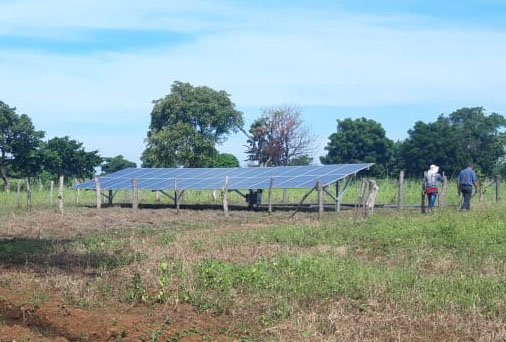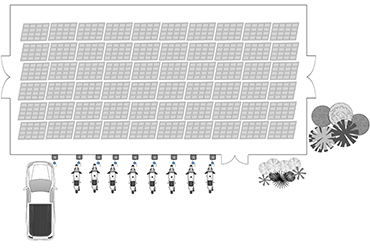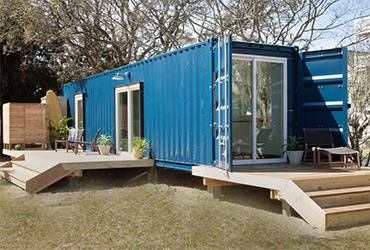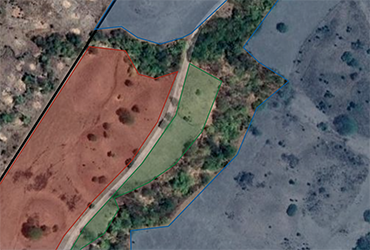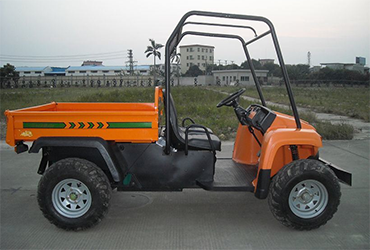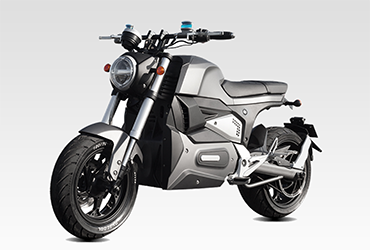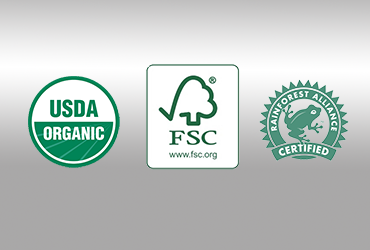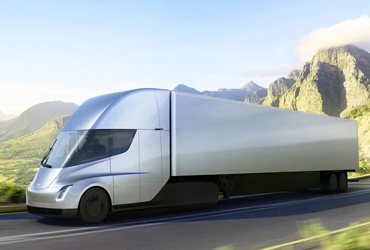Phase 1
Farmland Acquisition
CFI provides farm acquisition services through its team of realtors, lawyers and agronomists. It starts with finding the client suitable farmland to be converted into a carbon farm. These farms will be at least 100 hectares in size to ensure economies of scale and to maximize net carbon sequestration potential. The attributes of this land will be mainly cleared of trees and be currently used for animal agriculture (pastureland) or degraded farmland.
Specific attributes that CFI will look for include:
- At least 80% cleared land.
- Suitable soil for growing perennials, hardwoods and/or bamboo.
- Access to water or a suitable water table to supply sufficient irrigation needs.
An assessment of the land's existing food production values will be determined to ensure that the farm will maintain food production so as not to put pressure of the world's food supplies - a goal for CFI carbon farms.
